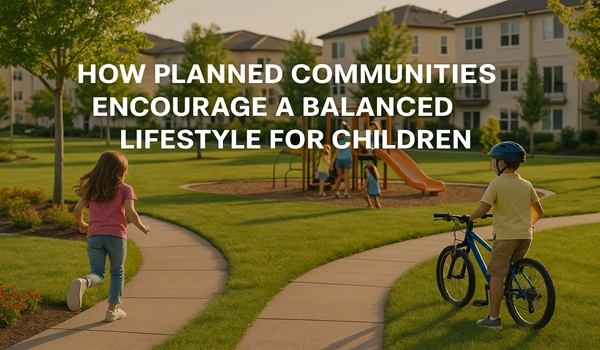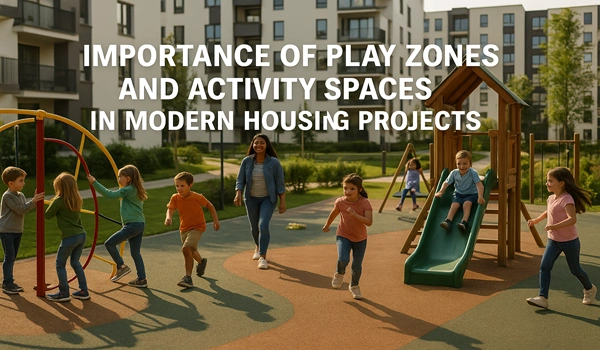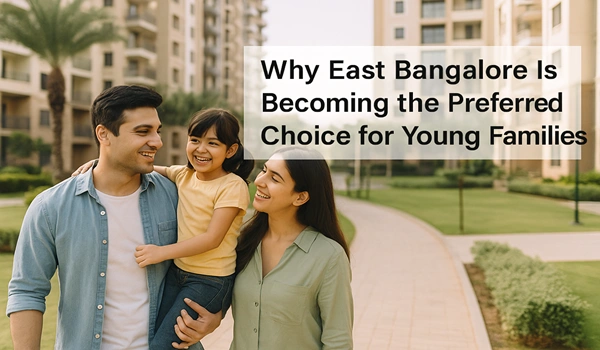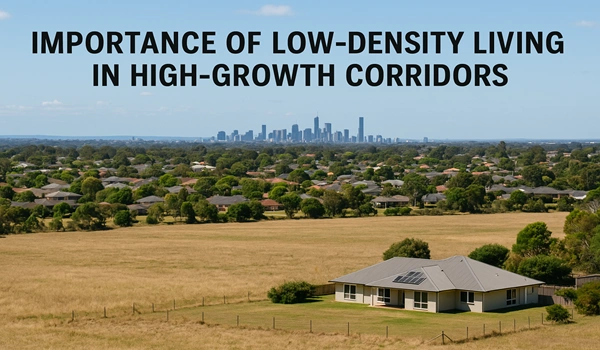How Planned Communities Encourage a Balanced Lifestyle for Children

Urban living is constantly evolving, and planned communities are becoming the preferred choice for families looking to offer their children a healthier and more balanced lifestyle. In fast-growing cities like Bangalore, where daily life is shaped by long commutes and dense neighbourhoods, these self-contained communities offer a refreshing alternative—particularly in suburbs like Kodathi Village near Sarjapur Road.
From well-designed play zones to safe walking paths and access to nature, planned communities are built with intention, offering young residents the environment they need to grow, explore, and thrive.
Structured Spaces That Foster Development
Planned residential developments are designed with a focus on open spaces, functionality, and community engagement. For children, this translates into more than just physical space—it creates an environment that supports emotional, social, and intellectual growth.
Key Features That Support Child Development:
- Safe Play Zones: Supervised and designated areas for sports and play reduce screen time and promote active lifestyles.
- Low-Traffic Internal Roads: Children can cycle, skate, or walk safely within the complex.
- Interactive Common Areas: Gardens, community lawns, and walking trails encourage outdoor play and peer bonding.
- Community Events: Seasonal events and group activities support communication, teamwork, and creativity.
Such features are commonly found in developments like Birla Evara, located near Kodathi Village, which is designed to support the modern lifestyle of families.
Encouraging Independence and Outdoor Exploration
In many traditional apartment setups, children remain indoors due to lack of secure open areas. In contrast, planned communities provide the freedom to explore surroundings independently without constant supervision, helping them develop confidence and independence.
East Bangalore, particularly along Sarjapur Road, is seeing a rise in family-friendly gated communities that prioritise green spaces, sensory play areas, and nature interaction—all of which contribute to balanced early childhood development.
Balanced Academic and Leisure Routines
Planned communities often lie close to reputed educational institutions, reducing commute times and ensuring that children can enjoy a better school-life balance. In areas like Sarjapur Road, several international schools and activity centres are located within a short distance, allowing children more time for extracurricular activities and rest.
Shorter travel times also mean less daily stress and more time spent with family or in recreational zones, which helps improve concentration, sleep quality, and overall well-being.
Building Social Skills Within Safe Boundaries
Community living introduces children to a natural support network. Frequent interaction with other children and adults fosters essential social skills like empathy, problem-solving, and cooperation. Planned communities often host festive gatherings, group sports, and classes that become shared experiences, helping children learn in an informal, engaging setting.
These bonds, formed early, often lead to lifelong friendships and a strong sense of belonging—something often missing in standalone apartment blocks.
In growing urban regions such as Bangalore, planned communities are reshaping the way families live, especially in emerging areas like Kodathi Village and Sarjapur Road. With thoughtfully designed infrastructure, enhanced safety, and access to open spaces, these residential environments support the physical, mental, and emotional well-being of children. Projects like Birla Evara highlight how modern community planning can positively influence childhood experiences, laying the foundation for healthier, happier futures.





